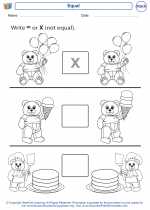Descending Order
Descending order refers to arranging a set of numbers or objects from the largest to the smallest. This is the opposite of ascending order, which involves arranging the numbers from the smallest to the largest.
When arranging numbers in descending order, you start with the largest number and then proceed to the next largest number, and so on, until you reach the smallest number in the set.
Example:
Let's say we have the following set of numbers: 8, 3, 12, 6, 9.
To arrange these numbers in descending order, we start by identifying the largest number in the set, which is 12. We write down 12 as the first number in the descending order. Then, we look for the next largest number, which is 9. We write down 9 as the second number in the descending order. Next, we have 8, then 6, and finally 3. So, the numbers in descending order are 12, 9, 8, 6, 3.
When dealing with objects or items that are not numbers, such as fruits or shapes, you can also arrange them in descending order based on a specific attribute, such as size or weight.
Understanding how to arrange numbers and objects in descending order is important in mathematics and everyday life, as it helps us organize information from largest to smallest, making it easier to analyze and compare the values or objects.
By practicing the concept of descending order, children can develop a better understanding of the relative magnitude of numbers and objects, which is a fundamental skill in mathematics.
So, arranging numbers or objects in descending order is a useful skill that allows us to compare and analyze information more effectively.
[Descending Order] Related Worksheets and Study Guides:
.◂Math Worksheets and Study Guides Kindergarten. Comparing, and ordering
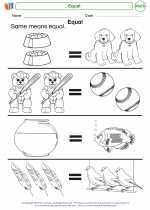
 Coloring Worksheet
Coloring Worksheet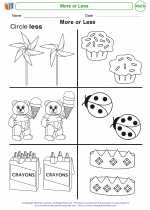
 Coloring Worksheet
Coloring Worksheet
 Worksheet/Answer key
Worksheet/Answer key
 Worksheet/Answer key
Worksheet/Answer key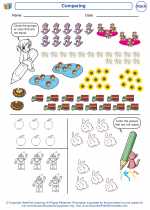
 Worksheet/Answer key
Worksheet/Answer key
 Worksheet/Answer key
Worksheet/Answer key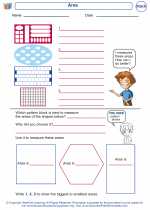
 Worksheet/Answer key
Worksheet/Answer key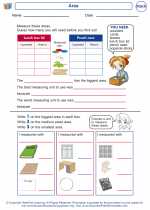
 Worksheet/Answer key
Worksheet/Answer key